
All categories
Featured selections
Trade Assurance
Buyer Central
Help Center
Get the app
Become a supplier

(1022 products available)

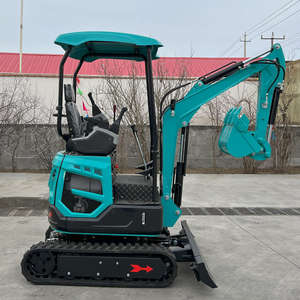



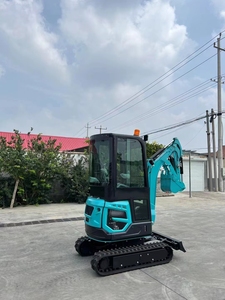





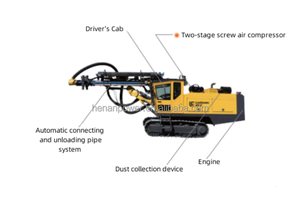

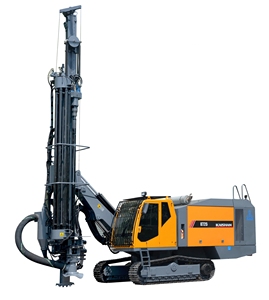



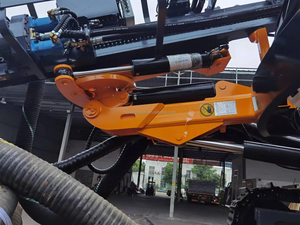
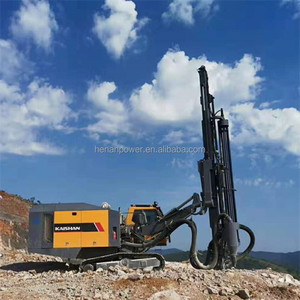



















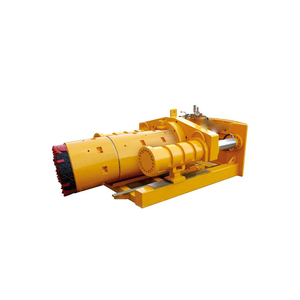
Micro tunneling machines are classified as per various tunneling methods, applications, design features, and specifications.
Specifications of micro tunneling machines vary depending on the manufacturer and model. The following are key micro tunneling machine specifications:
The micro tunneling machine requires regular maintenance for optimal performance, efficiency, and longevity. The following are some of the most important micro tunneling machine maintenance tips:
Microtunneling machines are valuable in various scenarios because they provide accuracy without compromising surface integrity. Here are some applications where microtunneling machines are used.
Installing Pipes Under Roads and Highways
Micro tunneling is popularly used for laying pipes under busy infrastructure, like roads and highways. Opening up the ground surface to lay pipes is not only disruptive but also dangerous. Using microtunneling, operators can lay pipes downwards in a straight line without compromising road integrity.
Water Mains
Micro tunneling is used to install water mains and other utility lines. Operators can avoid expensive and disruptive surface restoration when they lay water pipes under roads using a micro tunneling machine.
Railway
Micro tunneling machines are used for laying pipelines and cables under railways. With these machines, operators can avoid risks associated with train disruptions and ensure stable foundations under railway lines.
Urban Pipe jacking
Micro tunneling is a great alternative to open-cut excavation in urban areas. In tight spaces where excavation cannot be possible, micro tunneling machines can be used to lay waterlines, sewers, drainage pipes and other utility lines.
River Crossings
Micro tunneling is used for installing pipes across rivers and other water bodies. The method enables the creation of underwater crossings with precise control and minimal environmental disruption.
Beach and Marine Pipeline
This method is also used for offshore pipeline projects. Micro tunneling allows for the construction of horizontal tunnels from the shore to offshore platforms or rigs. The tunneling enables the installation of protective casings or conduits for the offshore pipelines.
Agricultural Drains
In agriculture, micro tunneling helps install drainage systems or subsurface irrigation. The precise tunneling minimizes soil disturbance and ensures effective drainage or irrigation without damaging existing crops or soil structures.
There are many options available when it comes to micro tunneling machines. Some key aspects to consider when choosing a micro tunnel boring machine are the project's needs, the machine's capabilities, and any additional features that may be required for efficiency and safety.
The ground condition will largely influence the type of micro tunneling machine chosen. Different types of micro tunneling machines are designed to handle specific types of soil, rock, or ground conditions. For example, a machine with a powerful cutterhead designed for hard rock formations will be used if the project requires boring through rocky soil or bedrock. In areas with unstable soil conditions, a पूरा मिट्टी/जल-वाहन (Soil/Hydraulic Transport) सिस्टम might be necessary to prevent soil erosion and maintain stability.
The diameter and length of the tunnels required for a specific project will also impact the type of micro tunneling machine used. Machines with varying diameter options will be chosen according to the specifications. The length of the tunnel also affects the choice of machine, as longer-distance tunneling projects may require different types of power units or additional segment assembly units for efficient operation.
When it comes to efficiency and safety, the machine's additional features will also be an important consideration. This includes features like the type of cutterhead (class type, number of bits, and size), the muck removal system (soil/hydraulic transport system), type of drive unit (electric, diesel, or hydraulic), and assembly/disassembly system. Depending on specific project requirements, it may be necessary to choose a micro tunneling machine with specific configurations or additional assembly units to ensure a smooth tunneling operation.
In addition to the features of the micro tunneling machine, the following aspects of the project must also be considered: the site's logistical constraints, the protection of the surface environment, the underground structures, and the budget of the project. In situations where the surface environment needs to be protected, for instance, a cross section thrust-bore method may be more cost effective than conventional micro tunneling. An expert's insight may be required to choose the most appropriate type of machine according to other tunneling methods and the project's budget. In some cases, it may also be possible to economize by choosing a machine that is capable of handling various tasks, such as a combination of milling and tunneling.
Q1: How large is a micro tunneling machine boring?
A1: The diameter of micro tunneling machines is typically between 0.6 and 2.4 meters. They also have the flexibility to construct tunnels of varying diameters depending on project requirements.
Q2: How long does a micro tunneling machine take to complete a tunnel?
A2: Micro tunneling speed varies based on several factors, such as the tunnel length, diameter, soil conditions, machine size, and project complexity. In favorable conditions, the micro tunneling machine can advance at a rate of approximately 1 to 3 meters per hour.
Q3: Does a micro tunneling machine have an air conditioning system?
A3: Yes, There is a need for climate control inside the micro tunneling machine. Therefore, the machine may have some sort of air conditioning system. This may be a portable evaporative air conditioner or a dehumidifier.
Q4: How much power does a micro tunneling machine use?
A4: The power requirements for micro tunneling machines vary depending on their size, type, and specific tunneling conditions. But in general, the power consumption of micro tunneling machines is usually between 300 to 1,000 kilowatts.